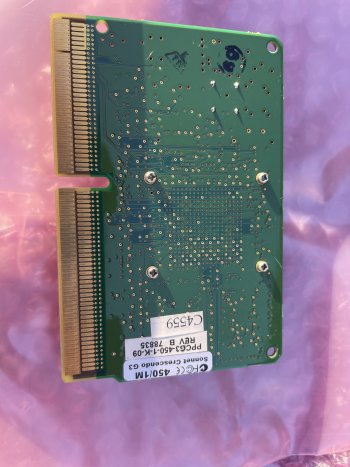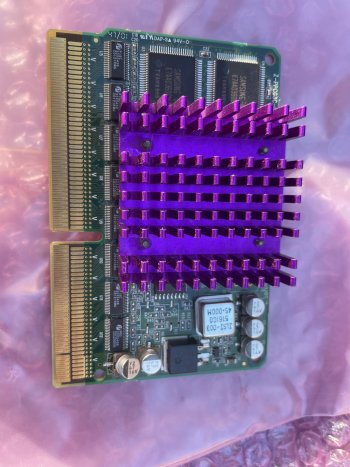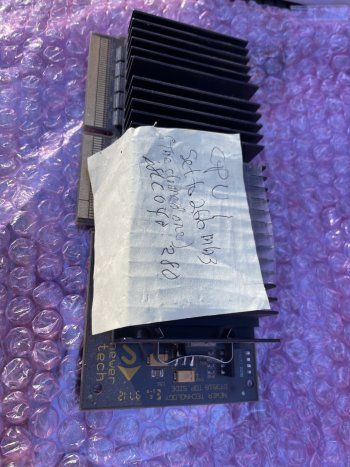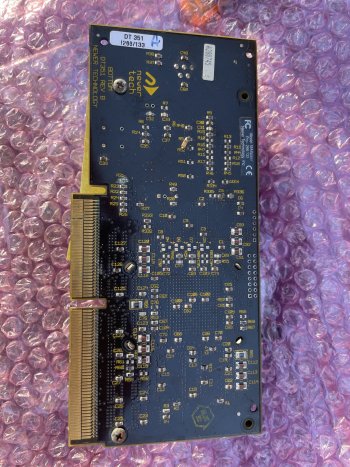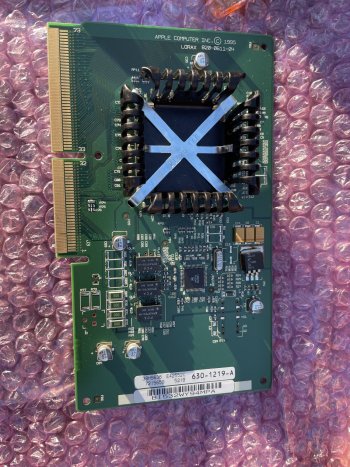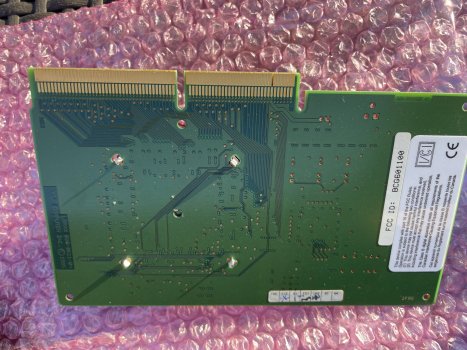That heat sink protrusion (which protrudes through the chassis plate) is also present in the iBook clamshell design which, in OEM configuration, is bridged to the CPU via a foam-based thermal pad (which disintegrates with age and heat).
If this passive cooling method is the same basic makeup as found in the iMac G3 (iFixit doesn’t have any guides on the later iMac G3s, and I’ve never disassembled an iMac G3), it’s a die-cast piece of metal alloy which does not appear to be high in copper, if any is even present. If anything, the heat sink resembles magnesium with maybe some aluminium and possibly zinc.
From iFixit, it’s a T-shaped metal piece. Its CPU contact protrusion, on the reverse side, is not visible:
View attachment 2114847
This metal protrusion, with the right machining tools (were one to have a garage or workshop with them) could be ground to accommodate the new height of an added interposer.
But perhaps better than grinding away existing metal alloy, however, would be to replicate the metal plate’s design in 3D (with Sketchup or whatever 3D design software y’all use), then output that to a small CNC machining setup (not unlike a 3D printer) to mill from block of metal to accommodate the height tolerances required for an interposer. Even if one is not planning to use an interposer, one could still mill a new piece made from user-specified materials — namely, copper, which will help improve thermal conductivity on the passive cooling architecture for this era of iMacs and iBooks. Specifically, the thermal conductivity of copper over, say, a magnesium/aluminium alloy, is probably double (400W/m K, versus around 195W/m K).
On the matter of designing interposers for dropping in a faster CPU (a question addressed to
@dosdude1 and/or other folks who know how to work on that level of circuit design), is there an appreciable difference in difficulty/complexity when designing a 750CX/CXe interposer for, say, dropping in a 750FX CPU (like those used with the final iBook G3/800 and 900s), versus a 7400-based CPU, or is the complexity more or less on par?



